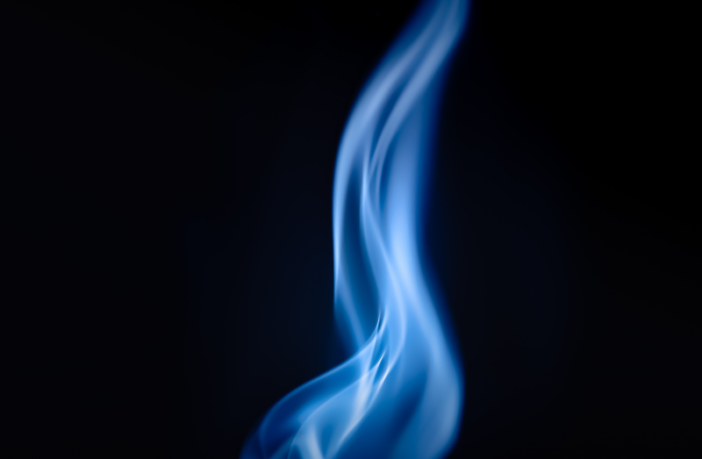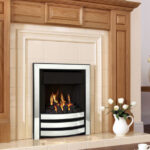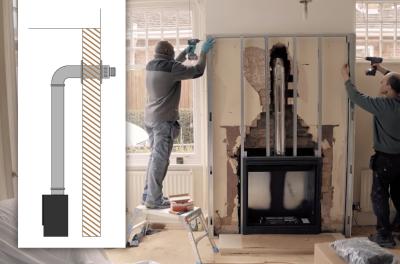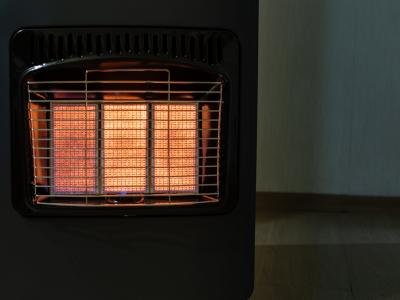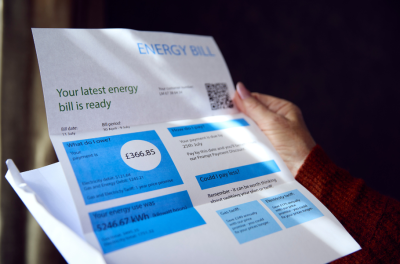We use cookies to improve your experience and our business. See our privacy/cookie policy or continue browsing to accept our use of cookies. View our cookie policy.
Does a Gas Fireplace Have a Pilot Light?
Have you ever wondered about the mechanics behind gas fires and how they function? While many people enjoy the warmth and ambience of a gas fire, not everyone is familiar with their inner workings.
One of the most asked questions about gas fires is: Do gas fireplaces have pilot lights? Let's dive in and find out more.
What is a pilot light?
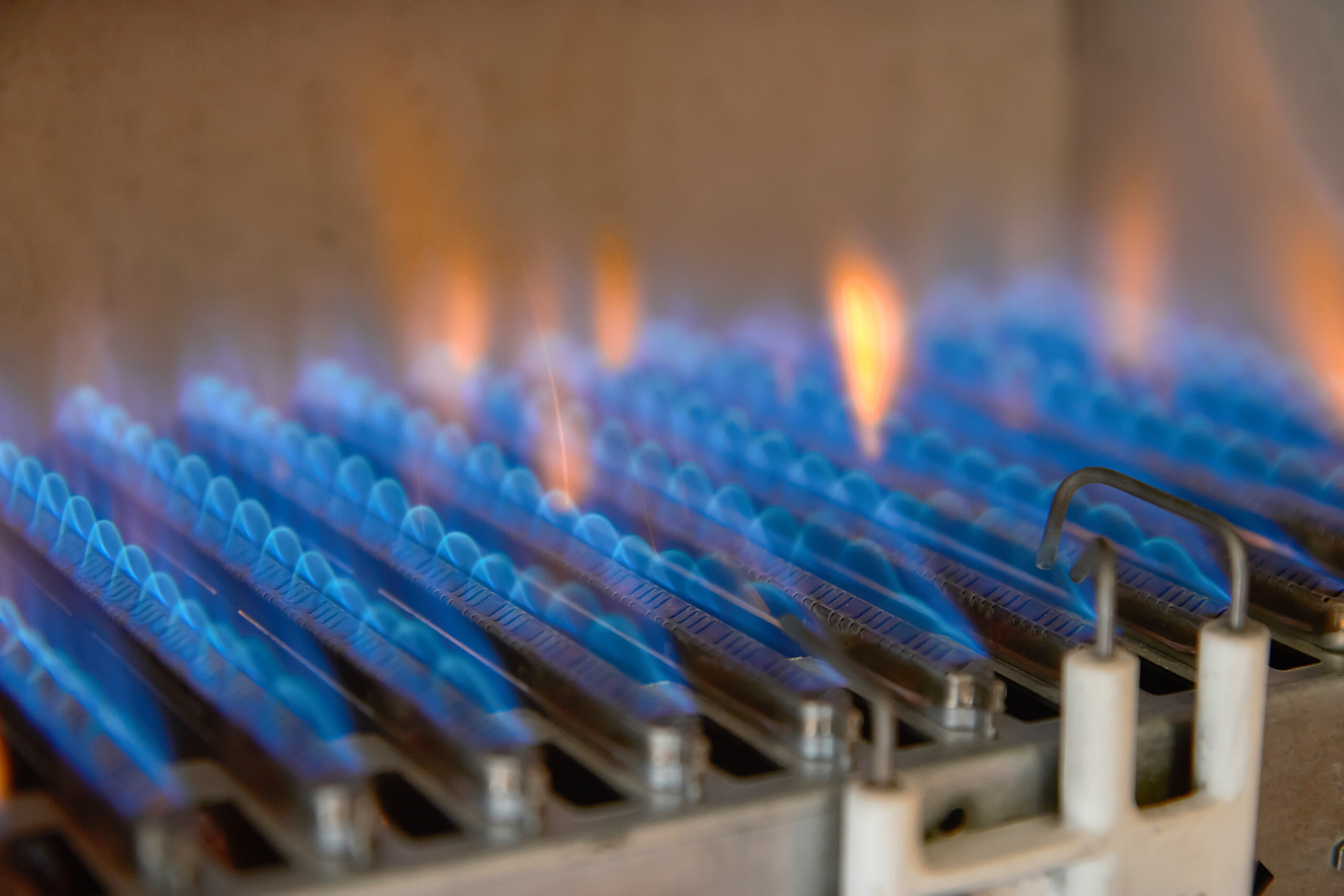
As its name suggests, the pilot light acts as a guide or precursor to the central flame of a gas appliance. But how does it function, and why is it so integral to specific devices?
The pilot light isn't just a regular flame; it's a small, continuous flame that stays lit even when the primary gas burner isn't in use. Its enduring nature is crucial to its role in gas appliances. It operates by maintaining a controlled gas flow from the main gas valve. This continuous gas supply ensures that the pilot light remains lit. The stability of the flame is typically secured by its positioning and the design of the burner assembly, ensuring it doesn't get extinguished by draughts or minor fluctuations in gas supply.
What does the pilot light do?
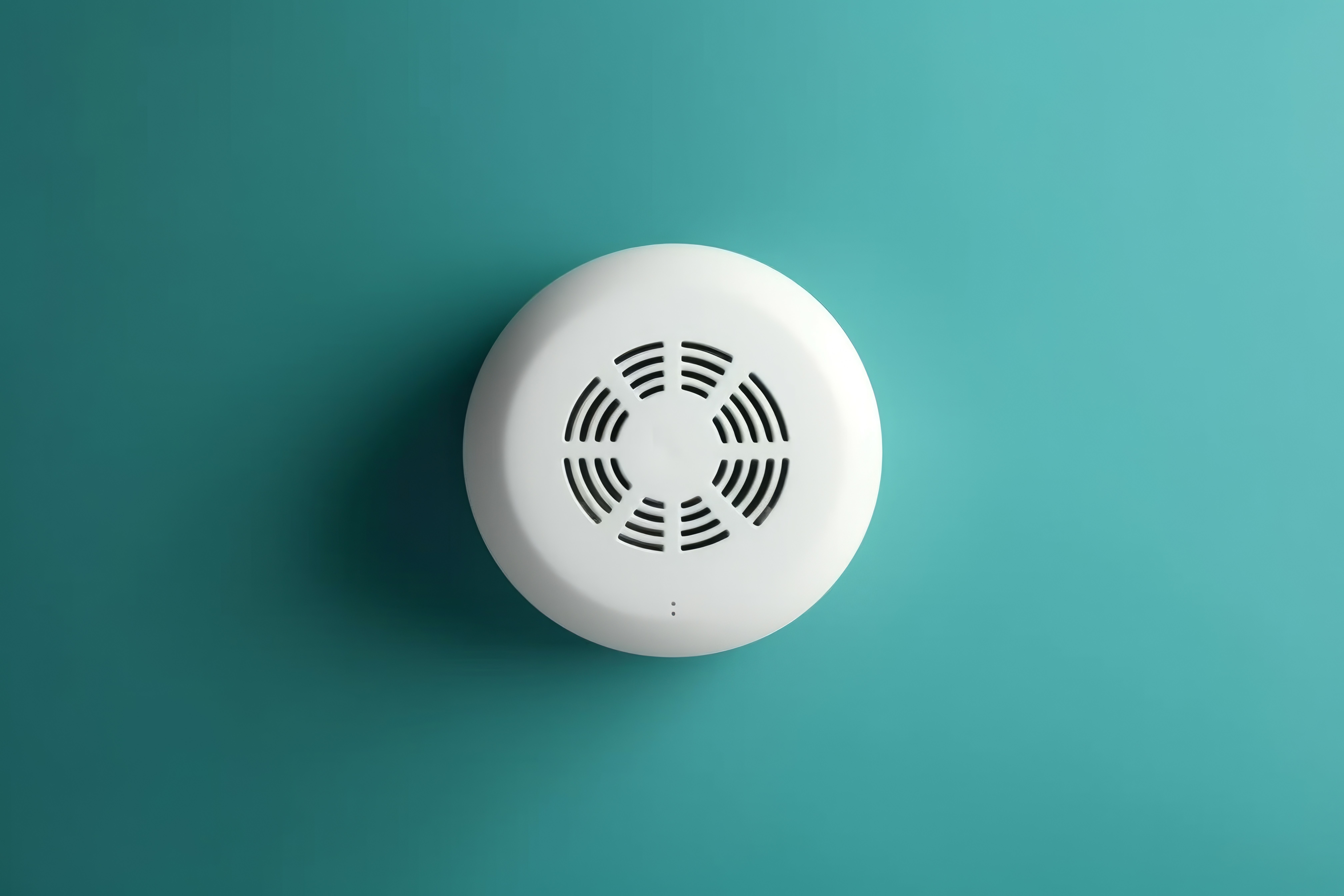
Safety is one of the main reasons for the enduring nature of the pilot light. When you turn on the main burner without a pilot light, gas could fill up the appliance and its surroundings before igniting, leading to an explosive situation. The pilot light ensures gas released from the main burner ignites instantly, preventing build-up.
What's more, in certain appliances, like boilers and water heaters, the pilot light serves an additional purpose: it acts as a temperature regulator. These devices come equipped with a thermocouple – a safety device that can detect the heat from the pilot light. If the pilot light goes out, the thermocouple cools, signalling the gas valve to shut the supply off and prevent gas from leaking.
Learn more: What You Need to Know About Maintaining & Servicing a Gas Fireplace
Do gas fires have pilot lights?
Gas fires, or gas fireplaces as they are sometimes called, come in various models. Historically, many gas fires used pilot lights as their primary ignition source. The constant, small flame was always ready to ignite the main burner when the fire was turned on, providing convenience and reliability.
However, the story has changed a bit with evolving technology.
Traditional gas fires
Older gas fire models predominantly use pilot lights. Their design ensures the pilot light stays on, ensuring immediate ignition when you want a roaring fire. These models are simple and have fewer components that could fail.
Modern gas fires
Many contemporary gas fires have shifted towards electronic ignition systems. This method doesn't rely on a constantly burning pilot light. Instead, it sparks to life only when you switch the fire on. This approach can be more energy-efficient, as it doesn't consume gas when the fire is off.
Intermittent pilot ignition
A middle-ground solution found in some modern gas fires is the intermittent pilot ignition. This system uses an electronic method to light the pilot only when the fireplace is turned on, igniting the main burner. It combines the reliability of having a pilot light with the efficiency of electronic ignition.
How to check which one your gas fire uses
Visual inspection: Look into the gas fire chamber with the primary fire off. If you see a small, continuously burning flame, that’s the pilot light.
Operating sound: Electronic ignition systems often make a distinct clicking sound when the fire is turned on, as it's sparking to ignite the gas.
Consult the manual: Your gas fire's user manual will always have detailed information about its ignition system.
The role of the pilot light in gas fires
When you turn on your gas fire, the gas flows towards the main burner. But for the fire to ignite, this gas needs a spark. This is where the pilot light comes in. Once the gas reaches the ever-burning pilot light, it instantly ignites, sparking a roaring fire.
Advantages of pilot lights
Reliability: Traditional pilot lights are simple and time-tested. With fewer electronic components, less can go wrong with your fire. If the pilot light burns, you can be confident your fire will light up when needed.
Immediate ignition: There's no waiting for your fire to be lit. When you switch it on and release the gas, the pilot light ensures a quick, consistent ignition.
Drawbacks of pilot lights
Energy consumption: Even though the pilot light's flame is small, it burns continuously, consuming gas and adding to your energy bill.
Safety concerns: A pilot light that goes out could lead to gas leakage if not detected in time, leading to potential hazards.
What should your gas fire's pilot light look like?
If you have a gas fire or are considering installing one, identifying and understanding the appearance of a healthy pilot light can be helpful for both maintenance and safety. A pilot light's appearance can tell you a lot about its functionality and the state of the appliance.
Characteristics of a healthy pilot light
Steady flame: A well-functioning pilot light should exhibit a regular, continuous flame. This consistency ensures it's ready to ignite the main burner when needed.
Blue colour: The flame should predominantly be blue. A blue flame indicates that the gas is burning efficiently and that the fuel-to-air ratio is appropriate. The flame's tip might have a yellow tinge, but the core should be blue.
Moderate size: The pilot light shouldn't be too large or too small. A flame that's too large can waste gas, while on the other hand, a too-small flame might not ignite the main burner effectively.
When should you be concerned?
Yellow or orange flame: If most of the flame is yellow or orange, it indicates incomplete combustion. This can result in the production of carbon monoxide, a potentially dangerous gas. An adjustment in the air-gas mixture or a thorough cleaning might be needed.
Flickering or dancing flame: If the pilot light's flame is continuously flickering or dancing, it could be a sign of a draught issue or a problem with the gas supply.
Frequent extinguishing: A pilot light that frequently goes out might signal a draught or ventilation problem.
Very high or low flame: If the flame's size significantly differs from the manufacturer's recommendations (often mentioned in the user manual), it might indicate a problem with the gas pressure or a malfunctioning valve.
Read more: Fireplace Safety Tips & Advice: Gas, Electric & Wood Fires
Steps to ensure a healthy pilot light
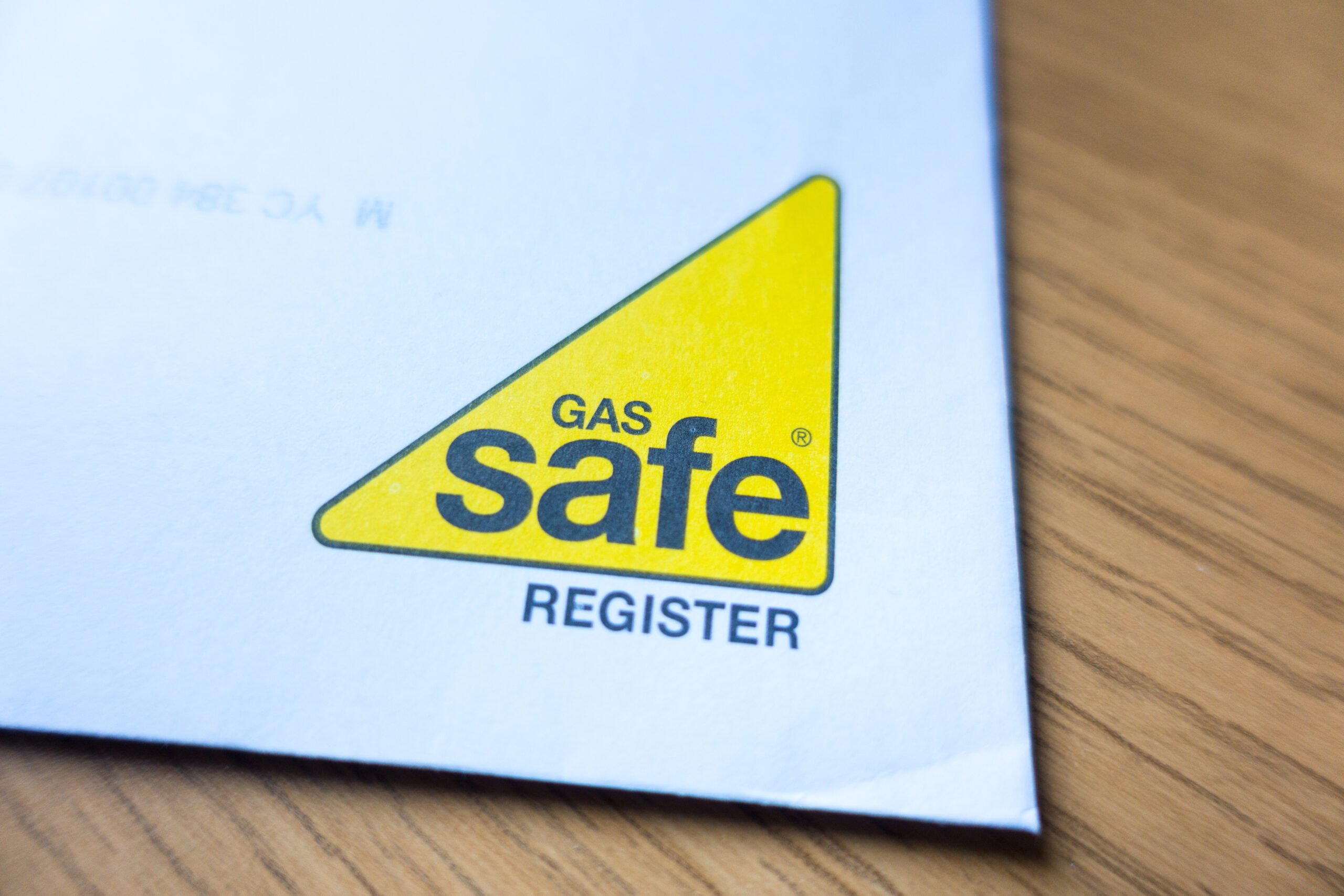
Keeping your gas fire in top condition is vital for a healthy pilot light and safe, efficient operation. Take the following steps:
Regular maintenance: Ensure your gas fire is maintained and serviced regularly. A Gas Safe registered professional can clean the pilot light assembly, ensuring it remains unobstructed.
Check the ventilation: Ensure the room is adequately ventilated, especially if you have noticed any concerning signs from the pilot light.
Consult the manual: The user manual for your gas fire will provide insights into what the pilot light should look like and troubleshooting steps for common issues.
What to do if your gas fire's pilot light goes out
Your gas fire's pilot light might be small, but it's vital to your fire's proper running and safety. If you find that it's gone out, you must take the proper steps to ensure your safety and the appropriate functioning of the appliance. Here's what to do if your gas fire pilot light goes out:
Initial safety measures
Ventilate the area: Before reigniting the pilot light, ensure your room is well-ventilated. Open windows and doors to let fresh air in, which will help dissipate any accumulated gas.
Wait before you relight: It's essential to wait a few minutes before you try to relight the pilot light to ensure any residual gas has cleared. Igniting too soon can be dangerous if gas has accumulated.
Check for gas smell: If you notice a strong gas odour, do not attempt to relight the pilot. Instead, turn off the gas supply and call a Gas Safe Engineer or your gas supplier immediately.
Steps to relight the pilot light
When safe to do so, you can usually relight the pilot light on your own. Your user's manual might have instructions on how to do this for your specific gas fire model. Typically, it involves the following steps:
Modern gas fires
If your gas fire has an electric ignition system, the steps for relighting the pilot light are slightly different. Follow these steps:
- Ensure safety first: Before operating any gas appliance, ensure the area is well-ventilated. Check for any distinct gas smells.
- Locate the control knob: As with a more traditional fire, this knob will also usually have settings like ‘Off’, ‘Ignite’, ‘Pilot’, and ‘On’.
- Turn to the ignite position: Rotate the central knob to the ‘Ignite’ or ‘Pilot’ position.
- Push and hold the ignition button: Most electric ignition systems will have a separate button for ignition, often labelled ‘Ignite’ or with a spark symbol. Press and hold this button. You should hear a clicking sound, which is the electronic system creating a spark to ignite the pilot light.
- Look for the pilot flame: After hearing the clicking, you should notice the pilot light ignite. Continue to hold the ignition button for about 30 seconds to a minute to ensure the flame heats the thermocouple.
- Turn on the fire: Once the pilot light is stable, turn the control knob to the ‘On’ position to ignite the main burner.
- Confirm ignition: Ensure the main fire ignites smoothly, and the flame looks consistent and healthy.
Remember, it's always better to be safe than sorry. If you don't feel confident trying to relight the pilot light yourself or aren't sure if it's safe, it's always best to call a Gas Safe Registered professional to help.
Traditional gas fires
If your gas fire is older and doesn't have an electronic ignition system, we don't recommend attempting to relight the pilot light by yourself. Call a Gas Safe Engineer who can diagnose and repair the issue safely.
Common pilot light problems and troubleshooting them
Here are some common problems you might encounter with your gas fire's pilot light and how to solve them:
The pilot won't stay lit
If your gas fire's pilot light doesn't remain lit, it could be an issue with the thermocouple. This safety device detects the heat from the pilot light and controls the gas valve. If it's malfunctioning, you should replace it.
Weak flame
A weak or inconsistent pilot light flame could indicate a clogged or dirty pilot tube. Cleaning might be required.
Recurring issues
Suppose the pilot light keeps going out or encounters other persistent problems. In that case, it might indicate a deeper issue with your gas fire. In such cases, it's best to call a Gas Safe Registered professional to inspect and service the appliance.
No clicking sound
If your gas fire has an electronic ignition system and you can’t hear the clicking sound when pressing the ignition button, there might be an issue with the ignition system itself. This might be a battery or wiring issue. Have your fire checked by a professional Gas Safe engineer or an qualified electrician.
Do you need a new gas fire?
If you've having pilot light problems, it might be time to upgrade your gas fire. At Direct Fireplaces, we offer a huge range of flueless, balanced flue, and conventional flue gas fires to choose from. With everything from traditional and retro models to sleek hole-in-the-wall designs, we've got something for everyone. Don't let pilot light problems keep you cold this winter - shop today and find the perfect gas fire for your home.
Plus, with free delivery to the UK mainland, no-hassle 14-day returns, and finance options to help you spread the cost, upgrading your gas fire has never been easier.
Need more help? Get in touch with our friendly customer service team at [email protected], or visit our showrooms in Cheadle, Bromsgrove, or Stockport. We're always here to help.
[related_products is_auto_added="1"]Joanna Humphreys
Latest posts by Joanna Humphreys (see all)
- What’s Included in a Balanced Flue Gas Fire Installation? - April 3, 2024
- How Long Do Gas Fires Last? - February 1, 2024
- How Much Does it Cost to Run a Gas Fire in 2024? - January 16, 2024

